As CEO of Cubic Promote, I spend a lot of time thinking about where our industry is headed. Promotional products are no longer “just merch.” They’re part of a brand strategy, ESG reporting, and how businesses demonstrate their values. That’s why I invited Ciara Brennan, Sustainability Manager at the Australian Promotional Products Association (APPA), onto the podcast — to talk honestly about what’s changing, what’s working, and what still needs a lot of work. APPA is the non-profit peak governing body for the promotional products and uniforms industry in Australia.
This blog is a recap of that conversation, covering what Ciara shared, what stood out to me, and what it all means for suppliers, distributors, and buyers in Australia.
From Blame Game to Collaboration
One of the strongest themes from our chat was this:
Real change happens when suppliers, distributors, and buyers stop deflecting and start collaborating.
Right now, it’s easy for every part of the chain to push responsibility somewhere else:
- Suppliers say: “Customers only want the cheapest option.”
- Distributors say: “We can only sell what suppliers offer.”
- Buyers say: “The industry doesn’t give us better choices.”
Ciara’s work at APPA is about breaking that loop and making sustainability practical and shared, not theoretical and isolated.
What APPA is actually doing?
From our conversation, here’s how Ciara and APPA are helping the industry:
- Translating dense legislation
- Turning complex sustainability and reporting rules into clear, usable playbooks that the industry can understand and act on.
- Helping unlock grants and funding
- Many businesses don’t realise there are grants available to support sustainability projects. APPA helps connect the dots.
- Guiding first-time ESG reports
- For many companies, ESG reporting can feel intimidating. APPA is helping them build that first report and start tracking what matters.
- Focusing on practical emissions cuts
- Instead of chasing perfection, the focus is on practical steps that reduce emissions without derailing budgets or timelines.
For me, as a distributor and CEO, the big takeaway was:
It’s not about waiting until everything is perfect. It’s about starting somewhere real and moving forward together.
Australia vs Europe: Similar Goals, Different Realities
We also discussed Australia’s position in relation to Europe in terms of sustainability within our industry. It’s not a simple “better or worse” comparison — it’s more like “different strengths, different problems.”
Where Australia is relatively strong
From Ciara’s perspective:
- Faster solar adoption
- Australia has been relatively quick to adopt solar energy, which helps reduce emissions on the energy side.
- Growing interest in ESG
- More buyers are inquiring about ESG and sustainability, and an increasing number of businesses are seeking to align with these values.
Where it’s tougher in Australia
On the other hand, Australia faces some real structural challenges:
- Freight realities
- We are far from many manufacturing hubs. That means freight emissions are a bigger issue and harder to avoid.
- Recycling systems
- Compared to some European countries, our recycling systems are looser and less standardised, which makes circularity harder to achieve.
Ciara estimated a variable two-year gap between Australia and parts of Europe in some areas of sustainability.
But here’s the key part of her message:
A slow, steady transition is often the most resilient choice — especially in a market like ours where distance, infrastructure, and cost all play a role.
Why the Cheapest Merchandise Rarely Wins?
One insight I really liked from Ciara is simple but powerful:
The cheapest merchandise rarely wins.
That matches what we’re seeing at Cubic Promote as well. More and more, buyers don’t just want “cheap and fast.” They want:
- Quality – items that actually last and reflect well on their brand
- Story – how it was made, where, and with what impact
- Proof – documentation or data they can show internally or externally
In other words, education is more effective than discounts.
What customers are really asking for now?
While price is a crucial factor in our clients’ buying decisions, I’ve realised that the cheapest products aren’t always the most attractive. Our clients don’t opt for the cheapest option available. Through the years of talking to clients in Australia, we’ve found that conversations about influence buying decisions:
- Responsible sourcing
- Certifications and standards
- Waste reduction
- Packaging choices
- How the product supports ESG goals
This is a big shift. It tells us that transparency and trust are becoming as important as unit cost.
Product Passports: QR Codes as “Moments of Truth”
Ciara also brought up a really interesting concept that’s emerging in Europe: the product passport.
The idea sounds simple, but it’s powerful.
A QR code on the product (or its swing tag) could give buyers and end-users instant access to key information, such as:
- Where the item was manufactured
- What materials were used
- How much water was used in production
- What freight mode was used to ship it
- How it can be disposed of or recycled at end-of-life
That QR code turns a simple tag into what Ciara called a “moment of truth” — a point where the story of the product is revealed.
Here’s how that compares:
| Aspect | Traditional Promo Product | Product with Passport / QR |
|---|---|---|
| Manufacturing Location | Often unknown | Clear and visible |
| Water & Resource Use | Not disclosed | Can be shown |
| Freight Mode | Assumed | Stated |
| End-of-Life Info | Rarely provided | Can be included |
| Trust & Transparency | Limited | Much higher |
“Real Zero” vs “Net Zero”: Moving Beyond Offsets
We also covered an important and sometimes uncomfortable topic: offsets.
Ciara pointed out that the industry has leaned heavily on carbon offsets — sometimes as the primary strategy rather than a supporting one.
Her position is that we should aim for a “real zero” rather than a “net zero.”
In practice, that means prioritising actual emissions reductions over buying offsets to balance them out.
What real action can look like
From our discussion, practical steps include:
- Electrifying fleets: Transitioning delivery and company vehicles away from fossil fuels.
- Choosing renewable energy: Moving offices, warehouses, and production to renewable power where possible.
- Switching packaging: Using recyclable or compostable packaging instead of mixed, non-recyclable materials.
These are not theoretical ideas — they are concrete decisions businesses can start planning for. Offsets still have a role, but Ciara’s message is that they shouldn’t be the main plan. The priority is changing what we do, not just what we count.
The Power of Shared Accountability
Another theme I really liked was accountability — not in a punitive sense, but in a collaborative one.
Ciara talked about the importance of:
- Openly sharing supplier data
- So distributors and buyers can make informed decisions.
- Sharing certification know-how
- So more businesses can get certified and lift their standards.
- Spreading best practices
- So we’re not all reinventing the wheel in isolation.
The idea is to raise the floor for everyone, not just let a few players sit on their sustainability knowledge as a competitive secret.
What 2030 Could Look Like If We Get This Right
By 2030, Ciara’s vision for the industry includes:
- Visible footprints
- Clear information on the impact of products and supply chains.
- Smarter procurement
- Buyers are factoring sustainability into their decisions as standard practice.
- Less landfill-bound swag
- Fewer “throwaway” items and more products with purpose, quality, and a life beyond the event.
- Shared knowledge
- A culture where sustainability knowledge is not proprietary but shared across the industry.
From my perspective, that future isn’t just good for the planet — it’s good for business. It leads to stronger trust, better client relationships, and long-term resilience.
Where Do We Go From Here?
If any of this has you thinking differently about your next campaign, procurement decision, or sustainability plan, I’d encourage you to:
- Listen to the full conversation with Ciara from APPA
- Share the episode with your team or suppliers
- Talk internally about one practical change you can make this quarter
As Ciara and I from APPA discussed, the industry doesn’t change because one organisation transforms overnight. It changes because hundreds of small, deliberate moves compound. If this episode shifted your thinking, share it, subscribe, and leave a review with the one step you’re committed to taking. It’s a small action, but collectively, it’s how we shape what comes next for the promotional products industry.
You can reach out to Ciara Brennan via her Linkedin: Ciara Brennan | LinkedIn
Shop for Merch Sustainably?
Buy from our Range of Eco-Friendly promotional items
Or purchase from any of our range of:
Custom-printed tee shirts
Custom-printed bottles
Custom pens
Custom stress balls
And enjoy both Carbon Offsets as well as $money donated to local Australian communities.







 Sale
Sale
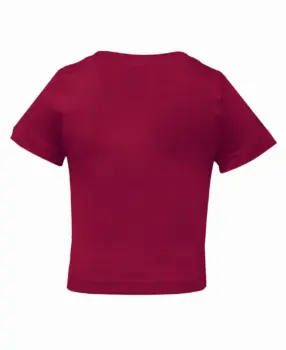

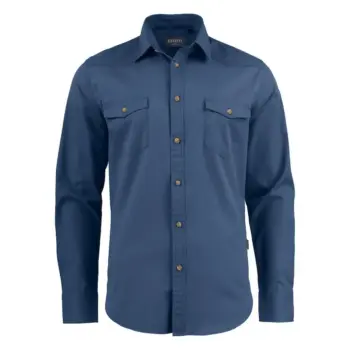

 Corporate Uniforms
Corporate Uniforms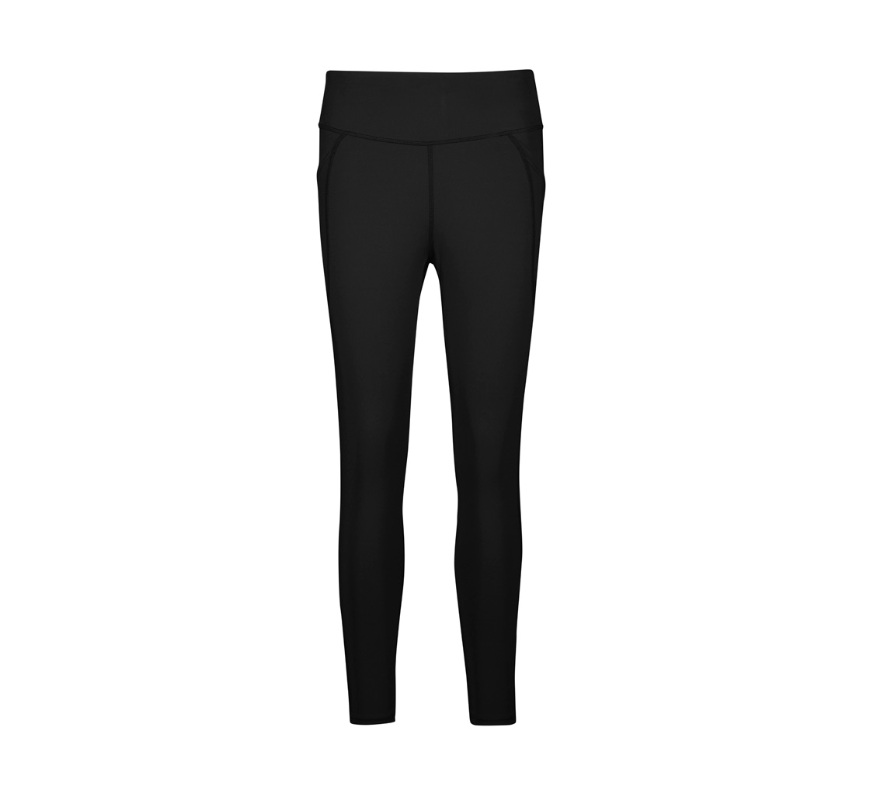 Eco Apparel
Eco Apparel Hoodies & Sweaters
Hoodies & Sweaters Jackets
Jackets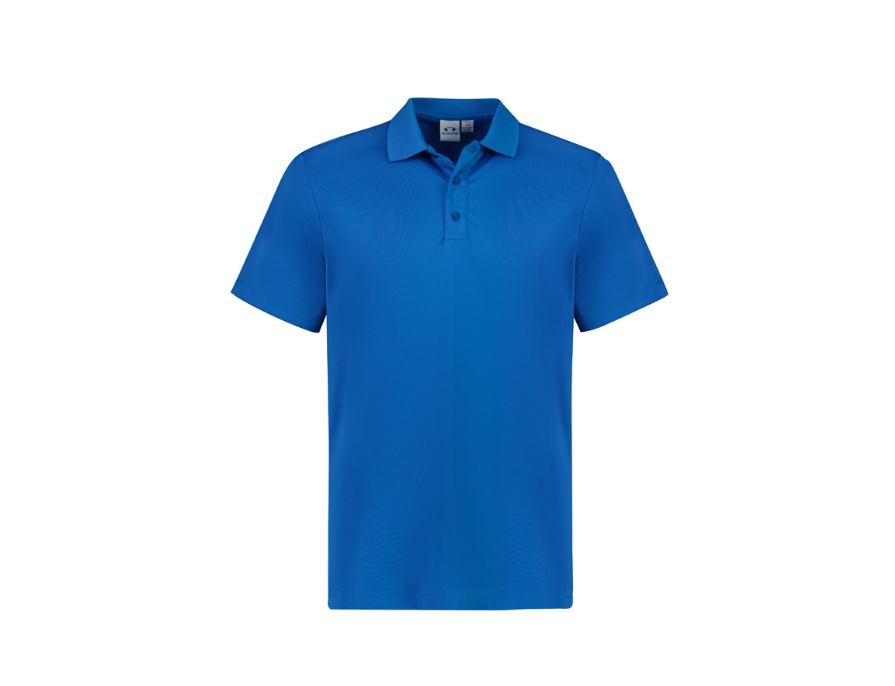 Kids' Clothes
Kids' Clothes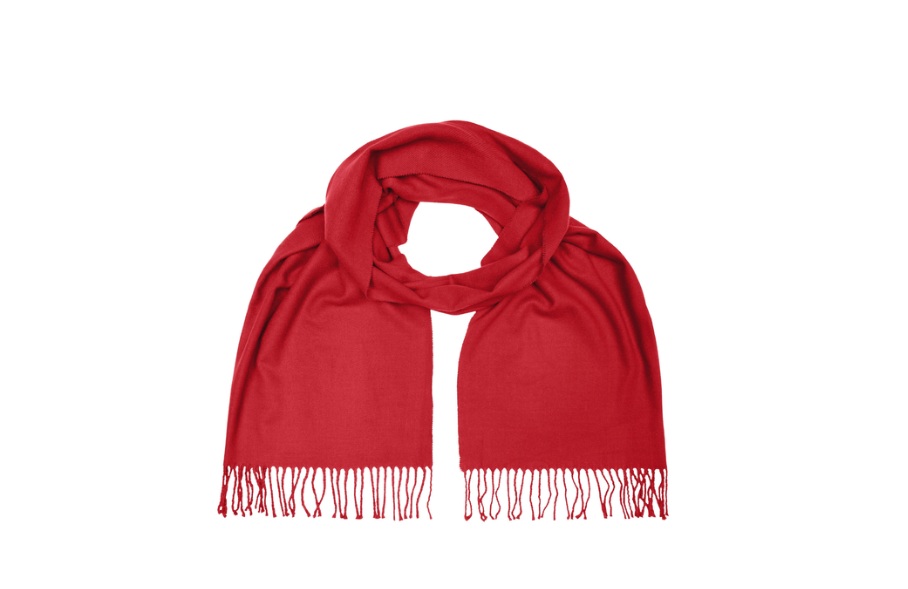 Other Apparel
Other Apparel Polo Shirts
Polo Shirts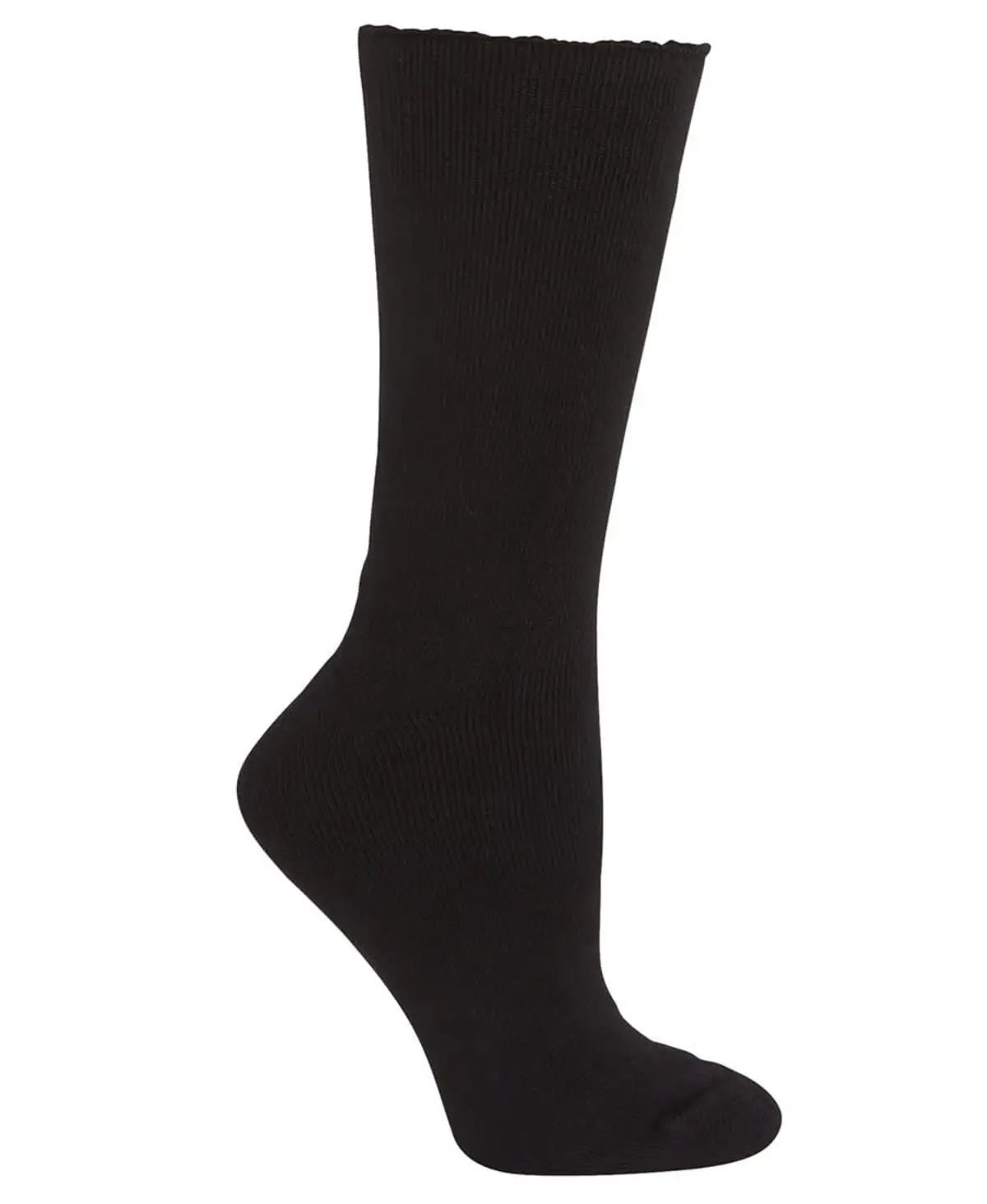 Socks
Socks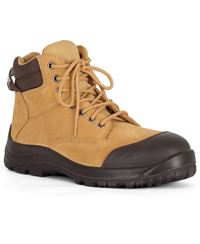 Shoes
Shoes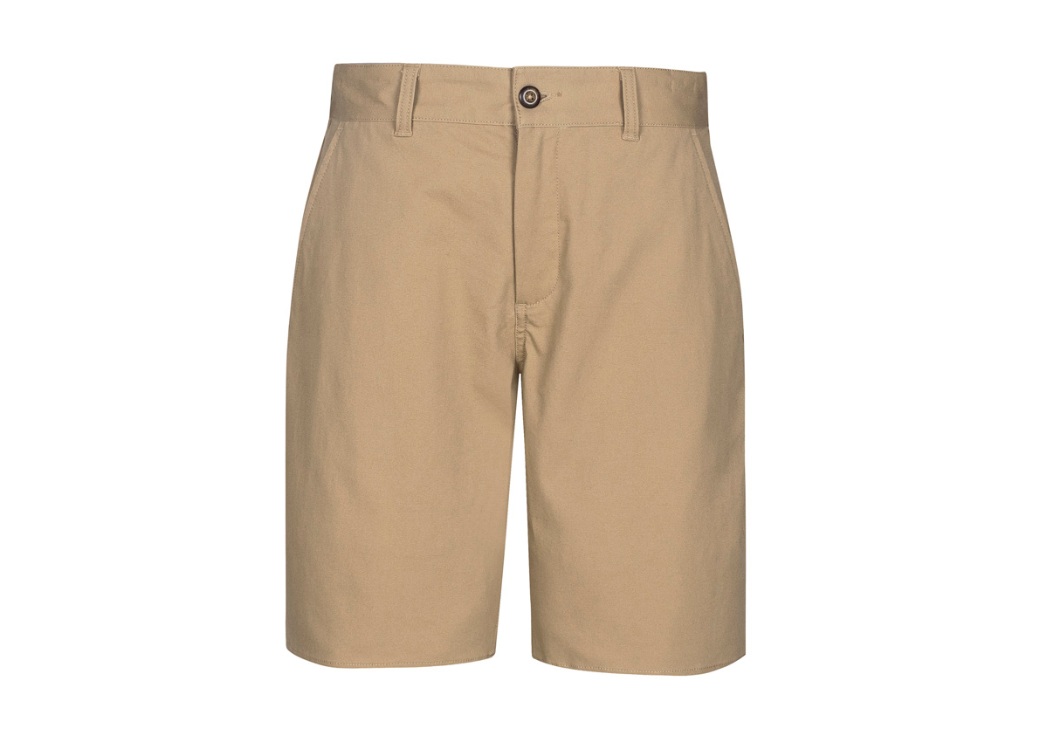 Sports Bottoms
Sports Bottoms Sports Uniforms
Sports Uniforms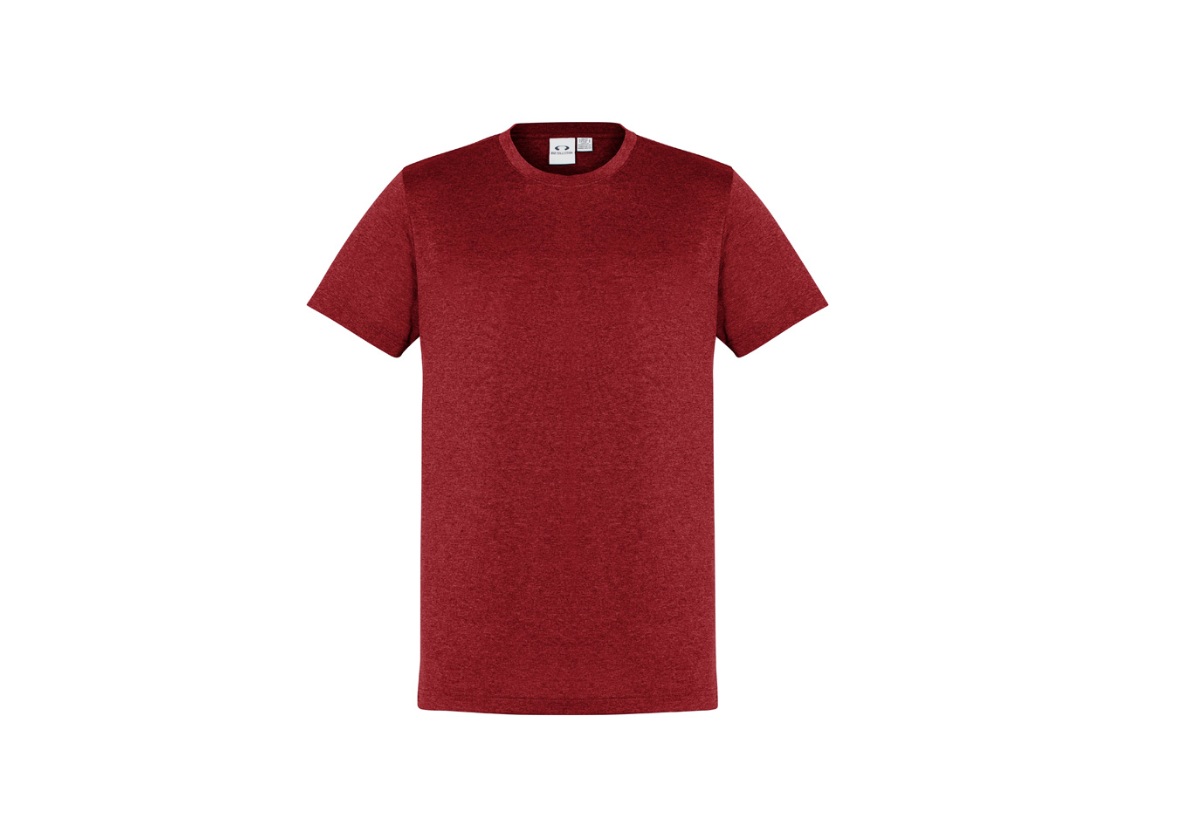 Tee Shirts
Tee Shirts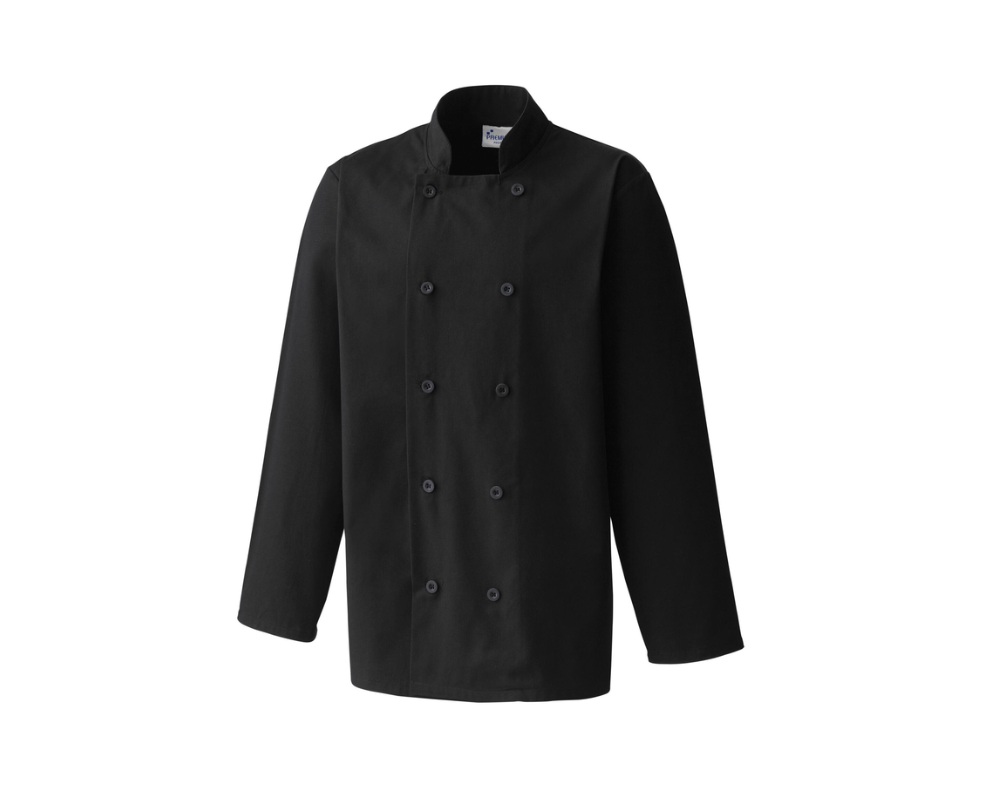 Workwear
Workwear


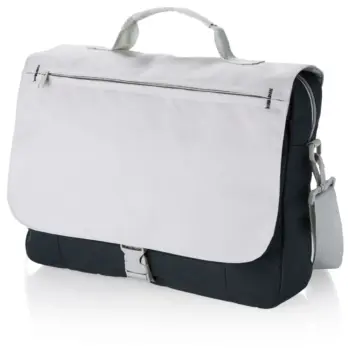
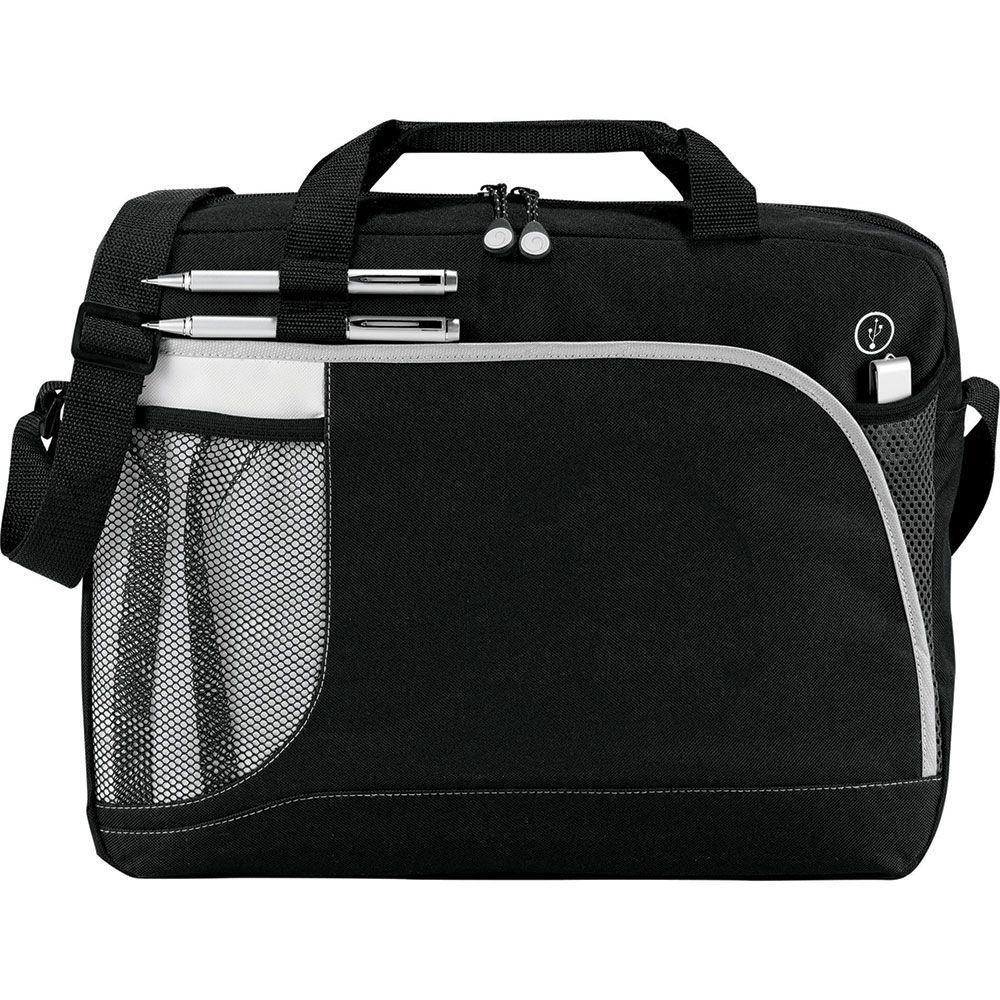 Briefcases
Briefcases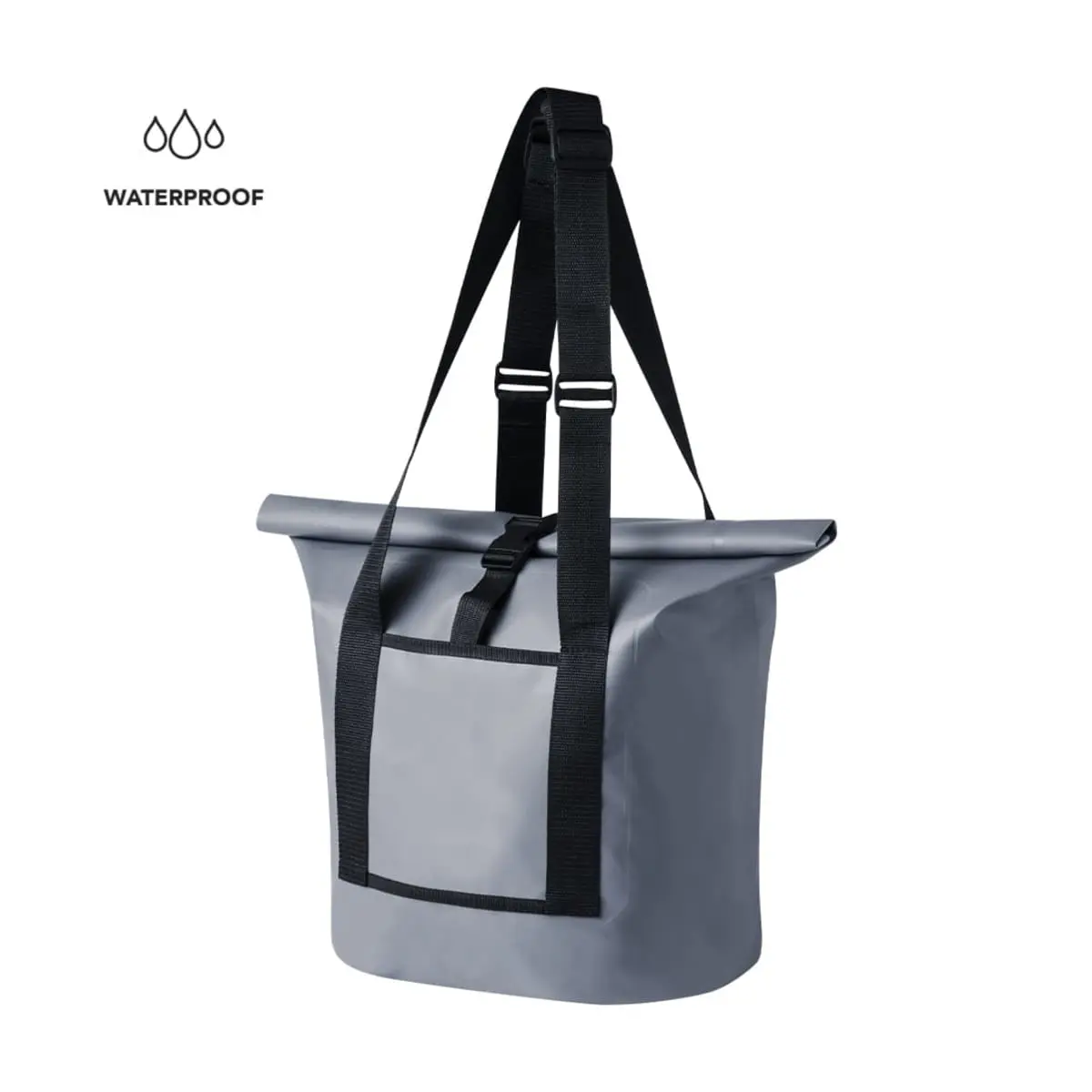 Dry Bags
Dry Bags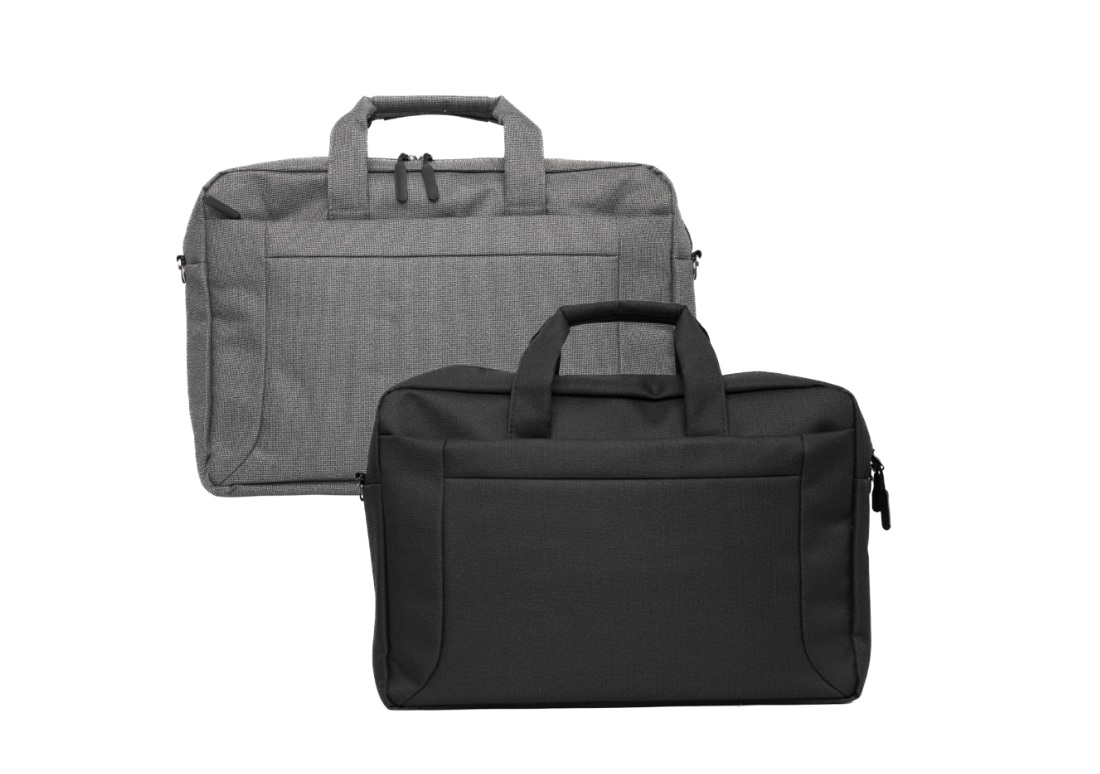 Laptop
Laptop Satchels
Satchels Specialised Bags
Specialised Bags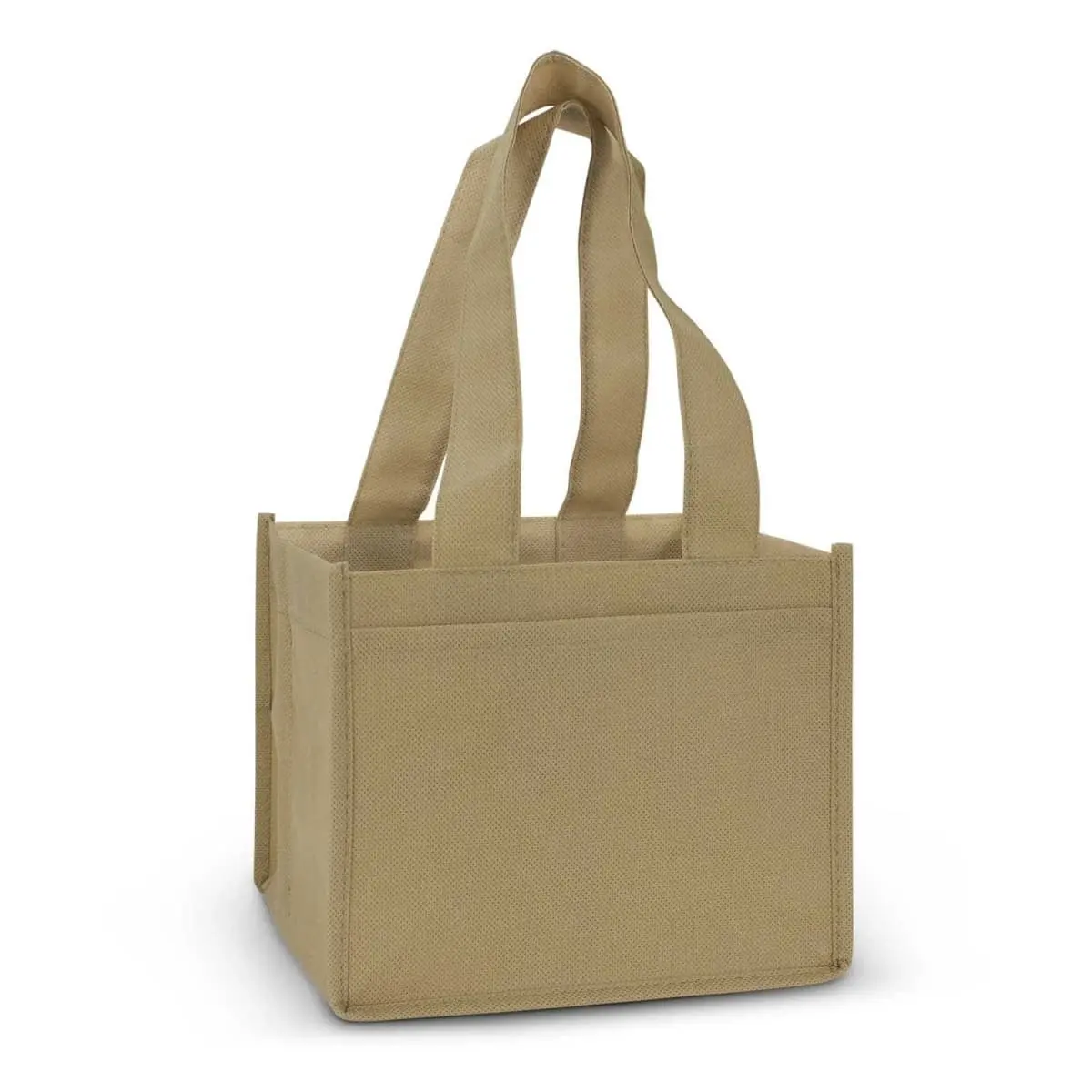 Tote Bags
Tote Bags

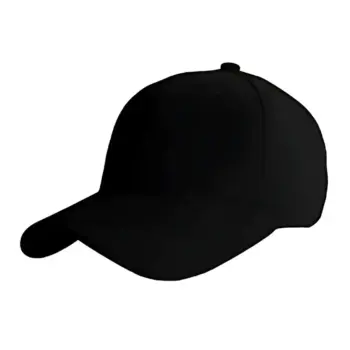
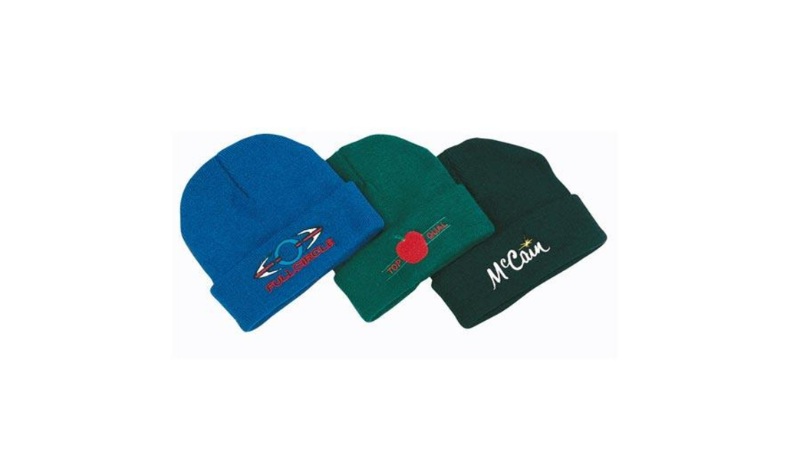 Beanies
Beanies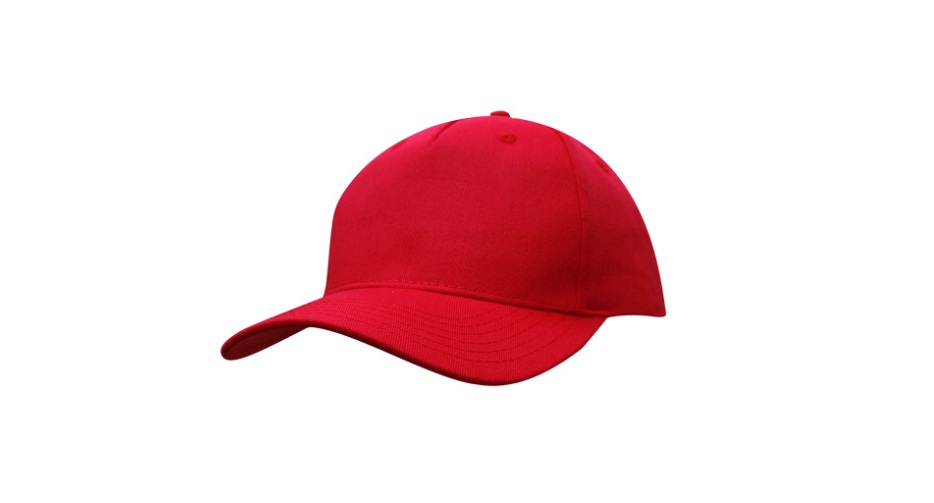 Caps
Caps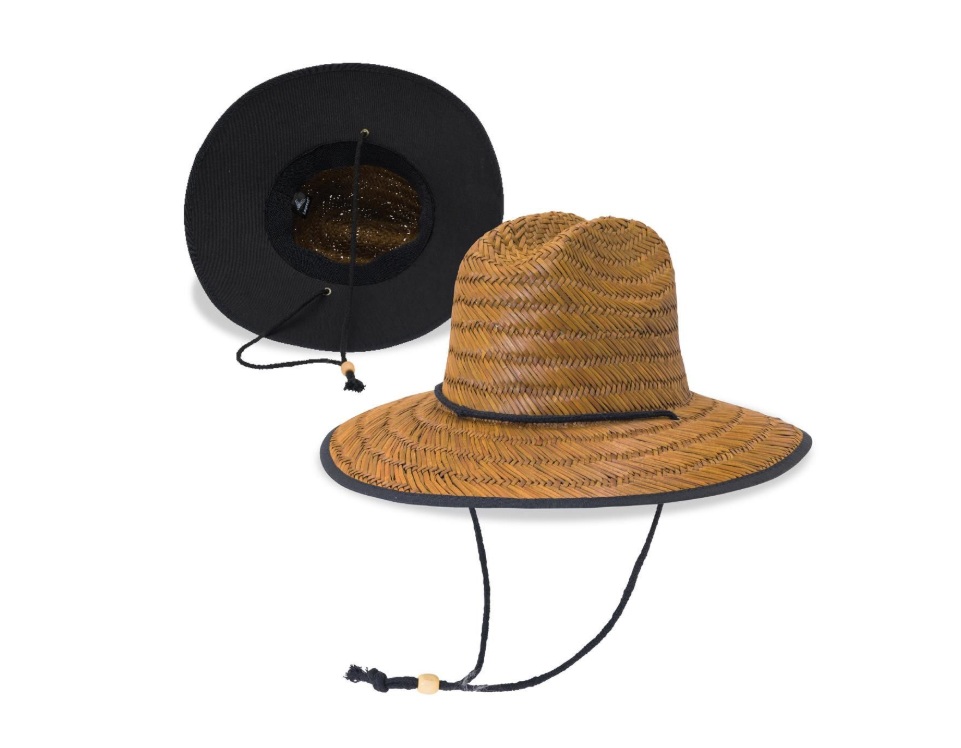 Straw Hats
Straw Hats
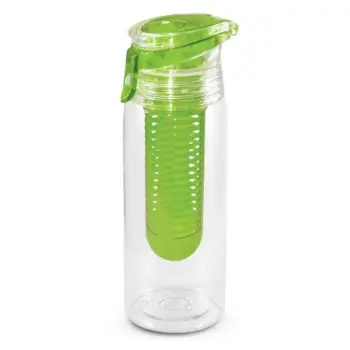
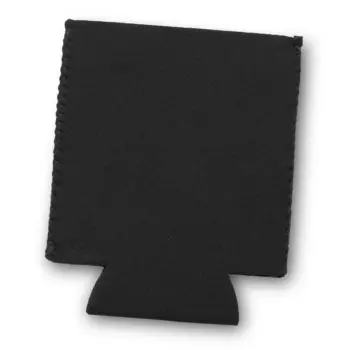
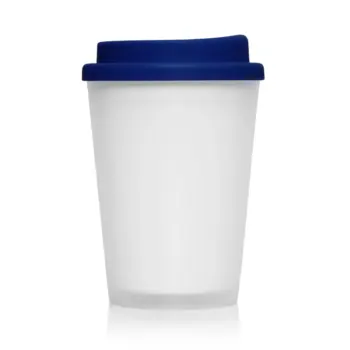
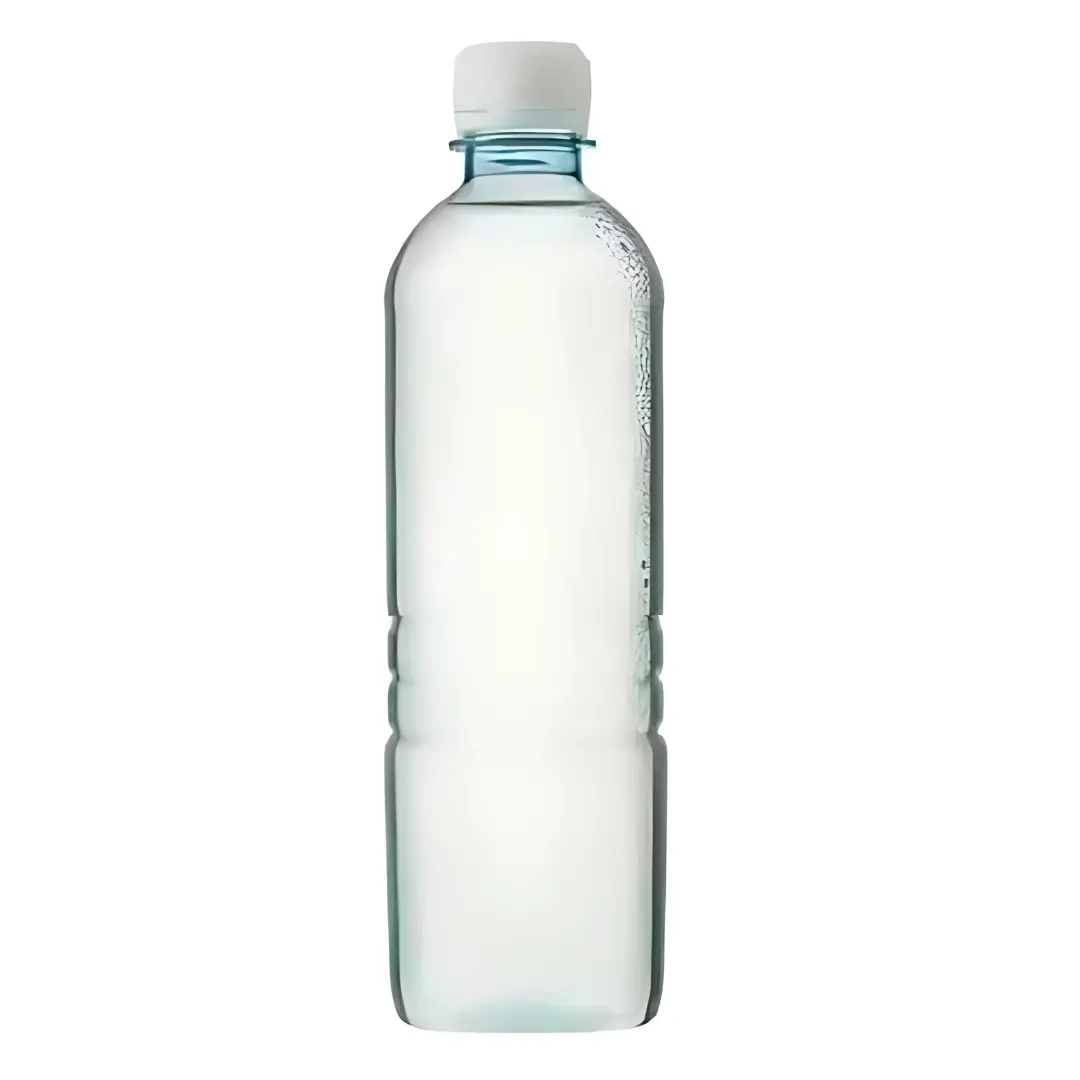 Bottled Water
Bottled Water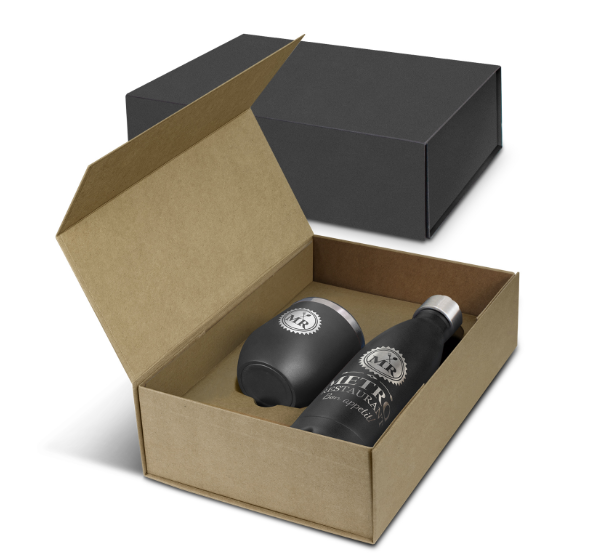 Drinkware Gift Sets
Drinkware Gift Sets Glass & Poly Cups
Glass & Poly Cups Mason Jars
Mason Jars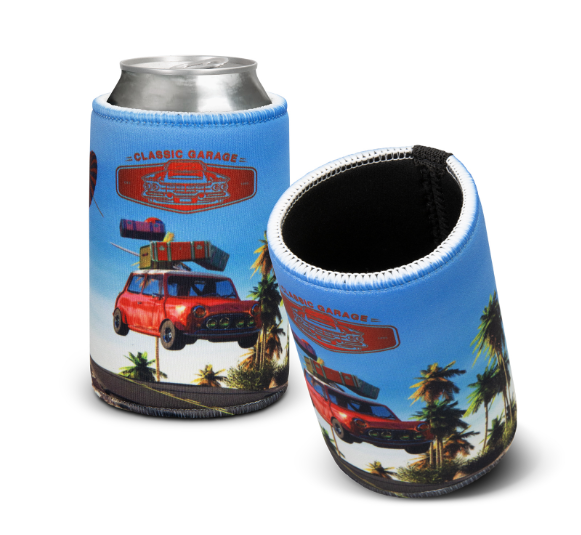 Stubby | Bar & Drinkware
Stubby | Bar & Drinkware Wines
Wines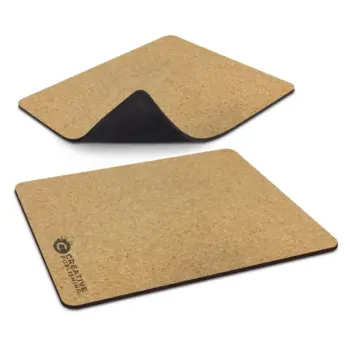


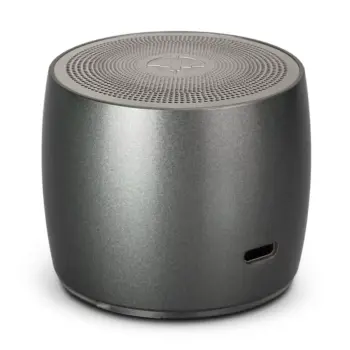

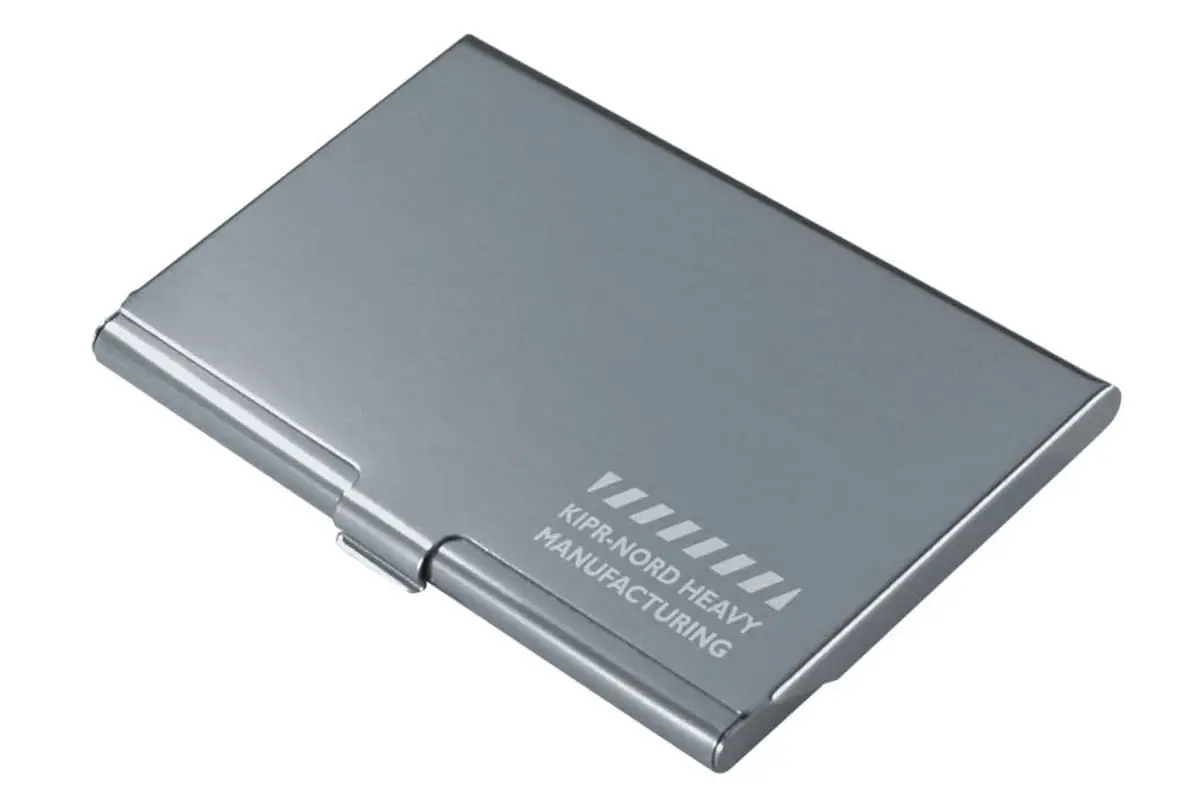 Business Card Holders
Business Card Holders IT Gift Sets
IT Gift Sets Tech Computers
Tech Computers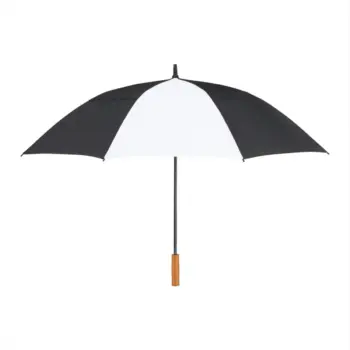
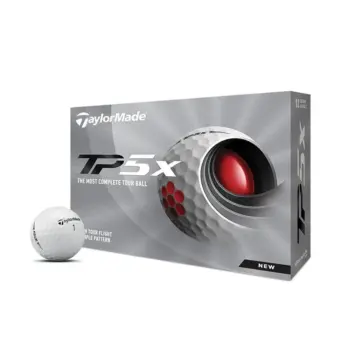

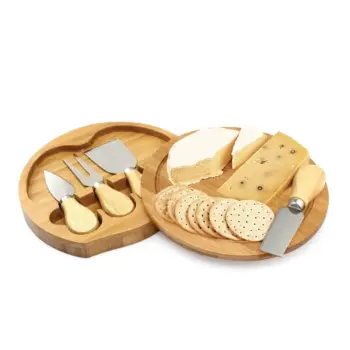
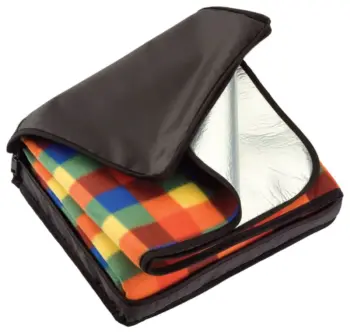
 Beach Towels
Beach Towels Car Accessories
Car Accessories Golf
Golf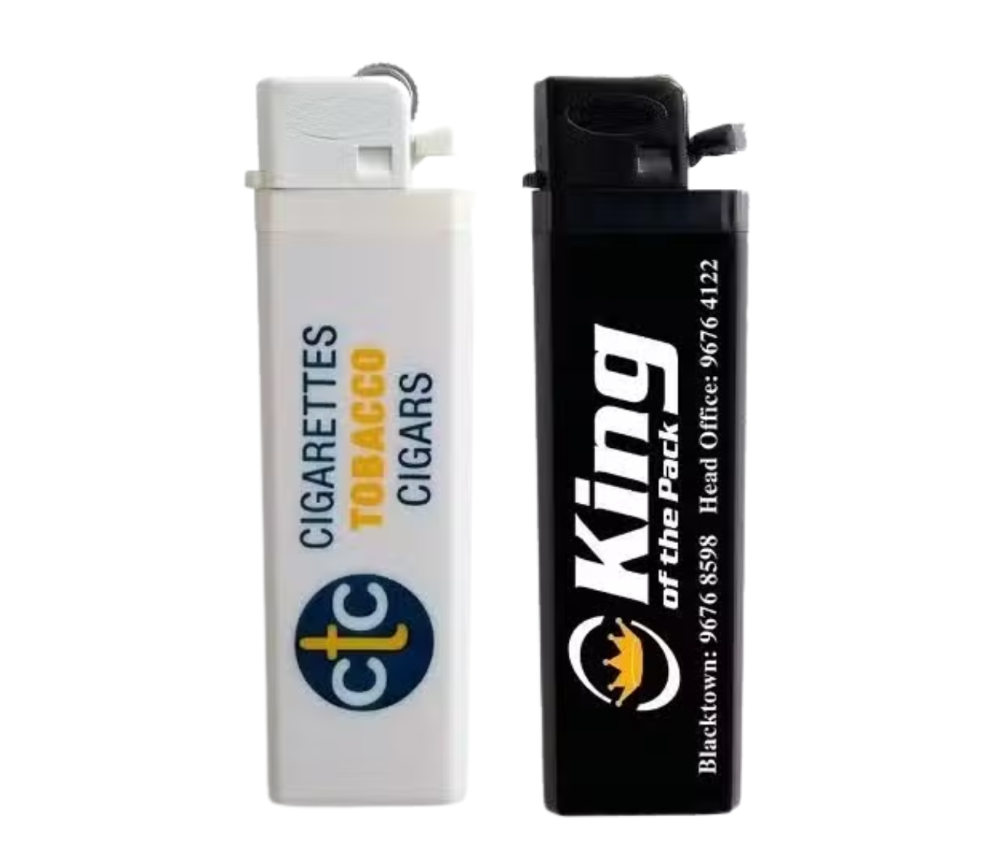 Lighters
Lighters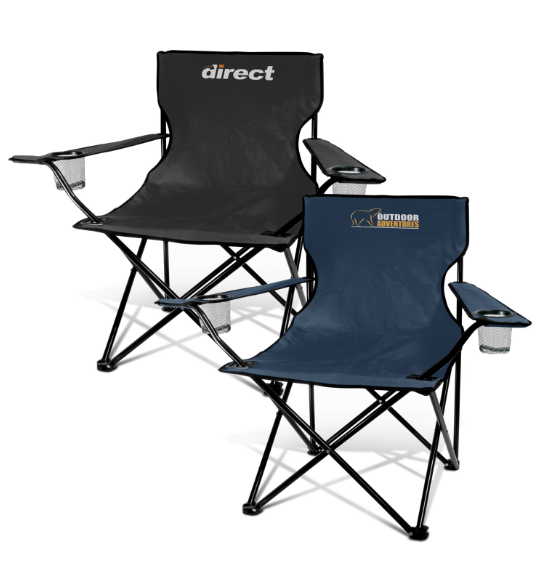 Picnic Gear
Picnic Gear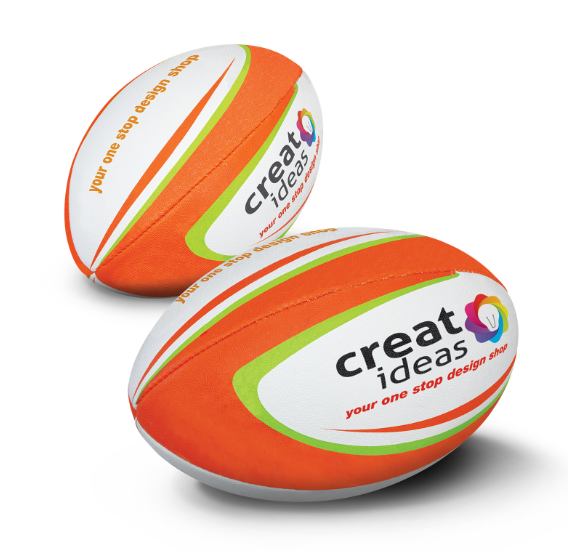 Sports Items
Sports Items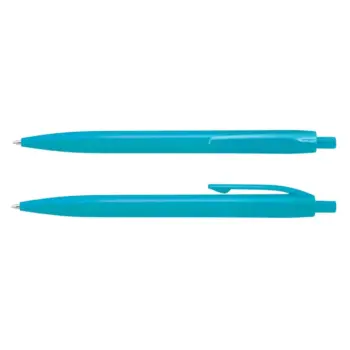
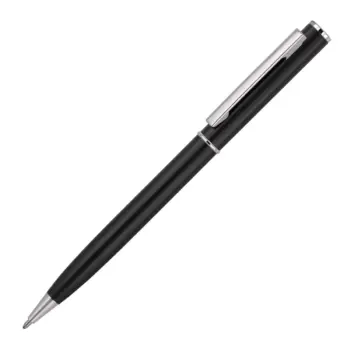
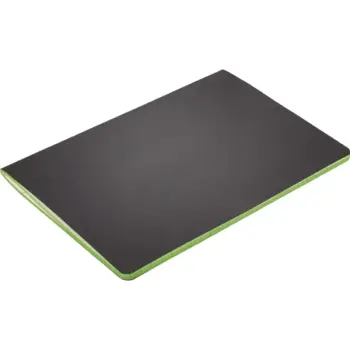
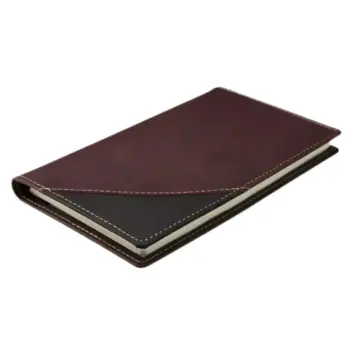
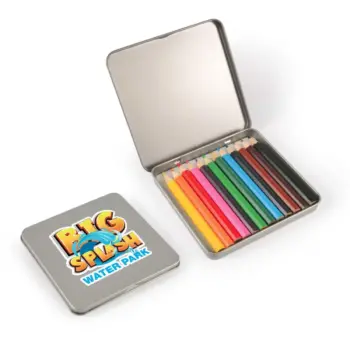
 Markers
Markers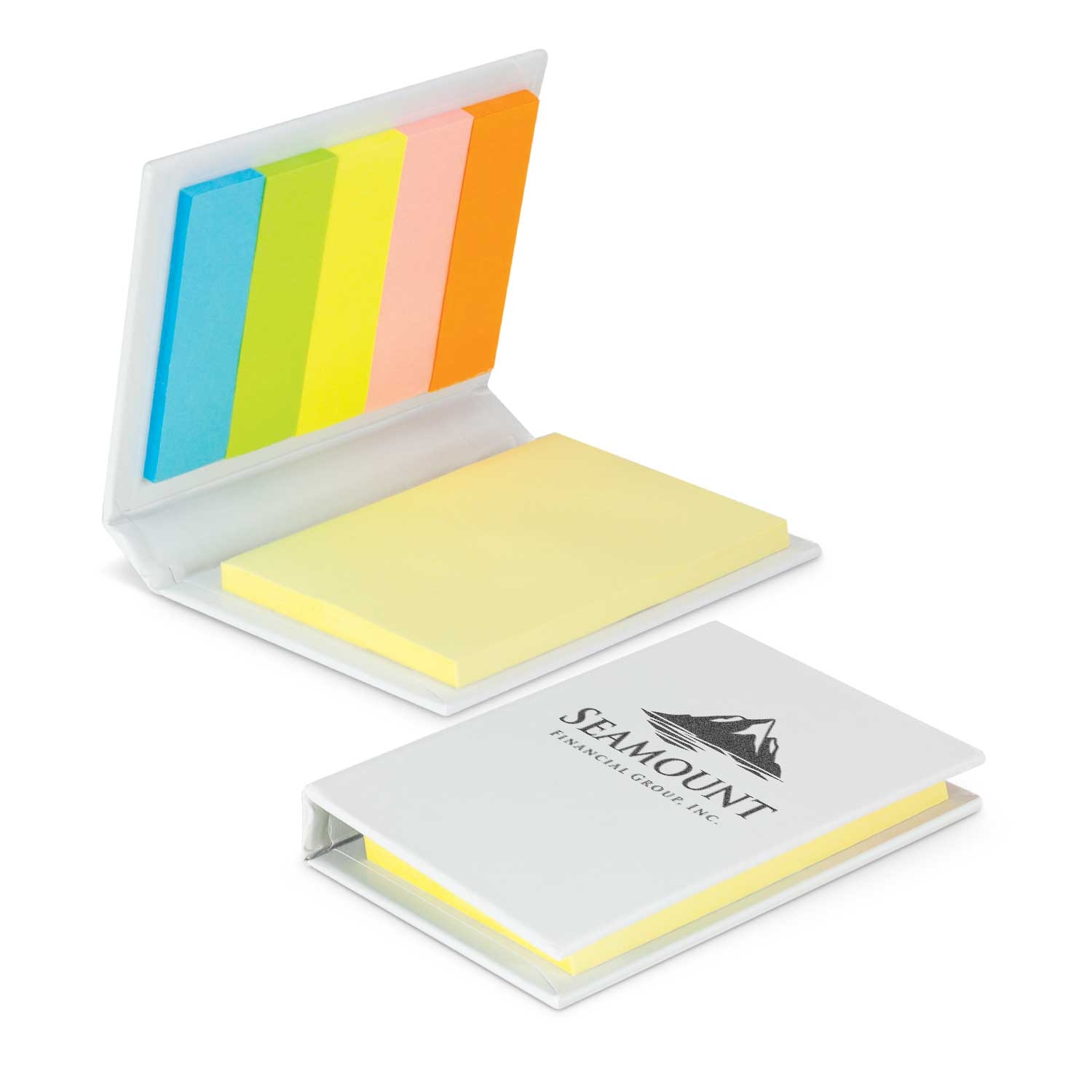 Post-It & Sticky Notes
Post-It & Sticky Notes


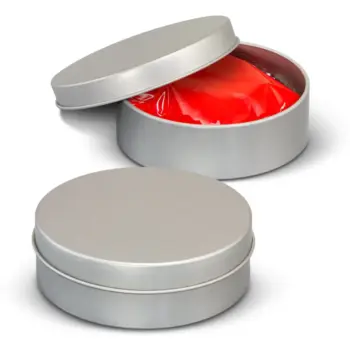
 Card Decks
Card Decks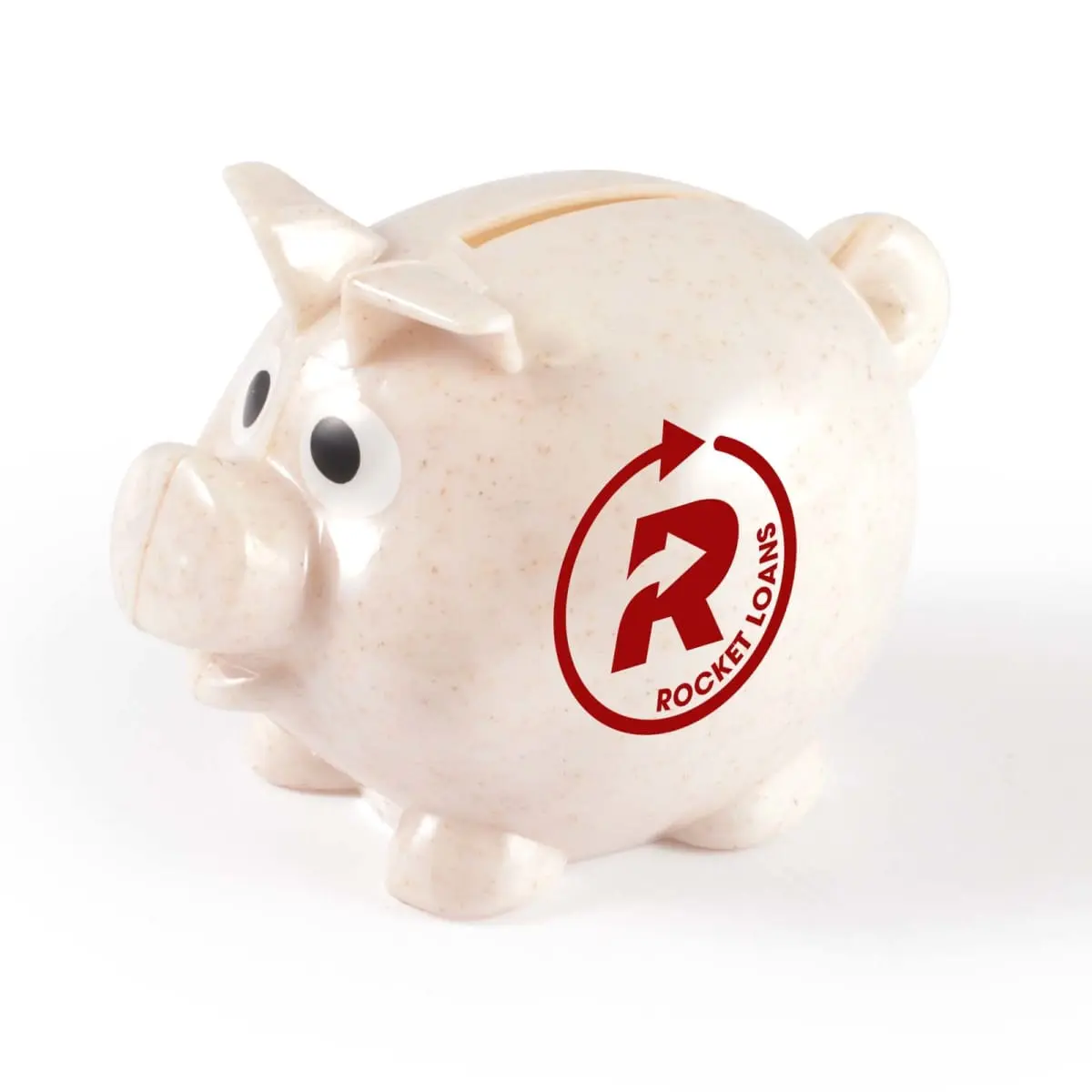 Coin Banks
Coin Banks Conference Toys
Conference Toys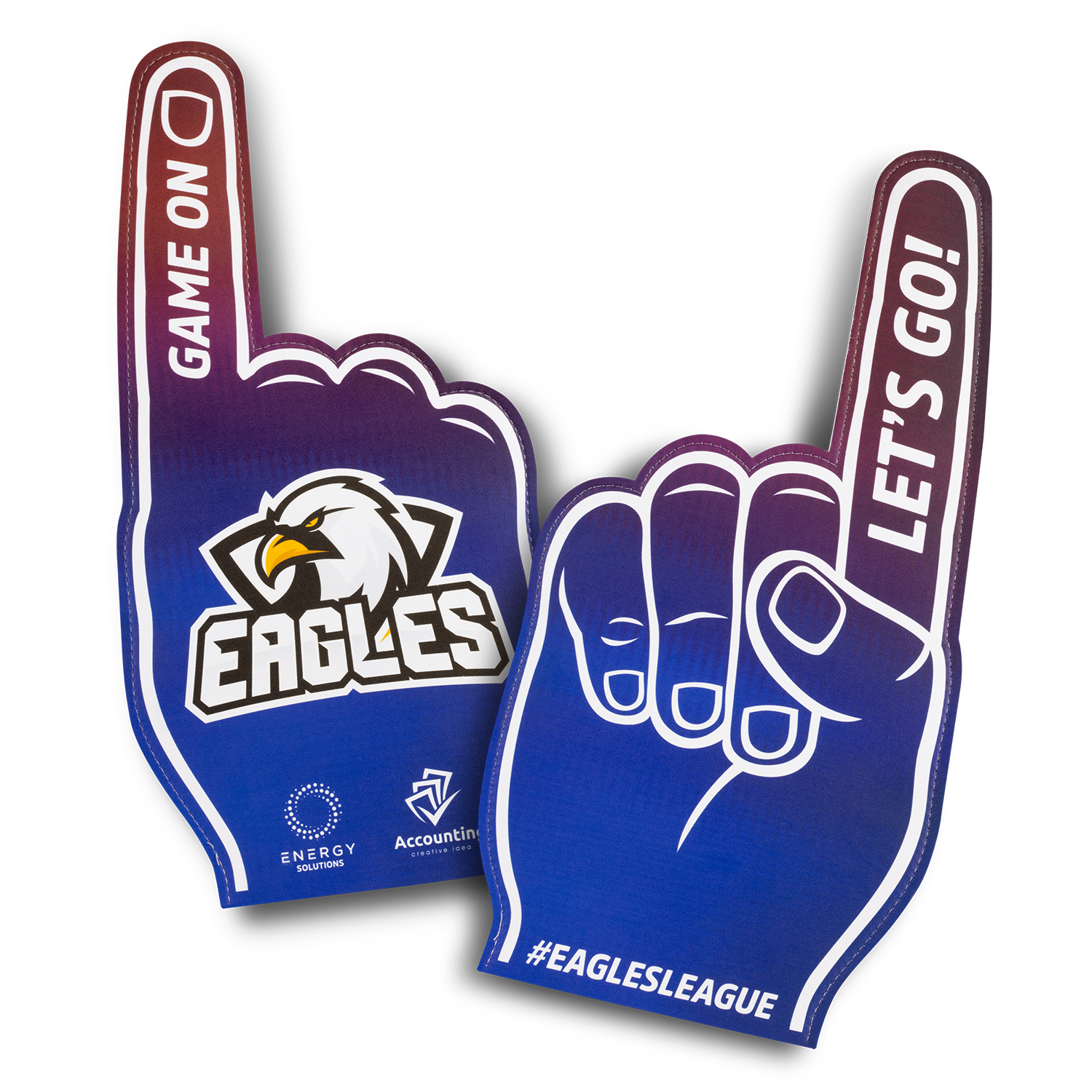 Event Toys
Event Toys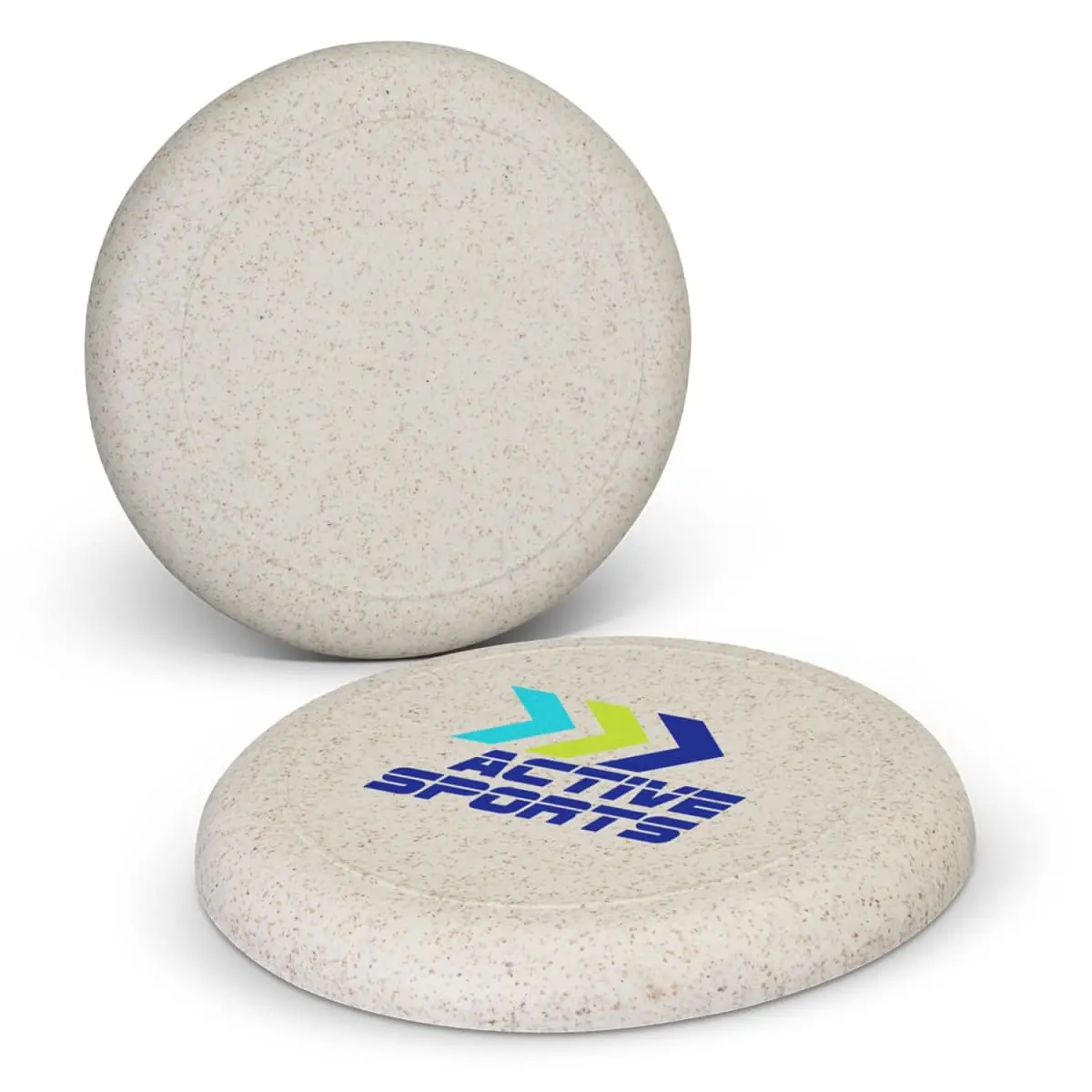 Frisbees
Frisbees Games & Puzzles
Games & Puzzles Kids
Kids Plush Toys
Plush Toys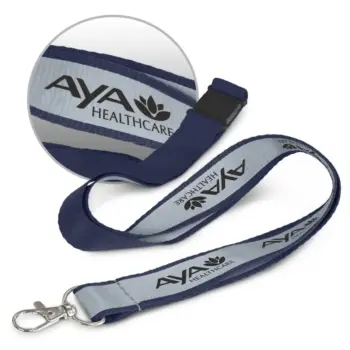
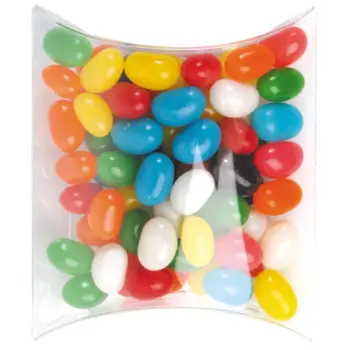

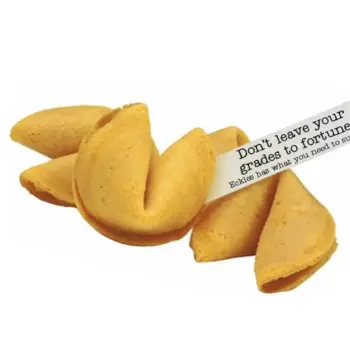

 Print | Signage
Print | Signage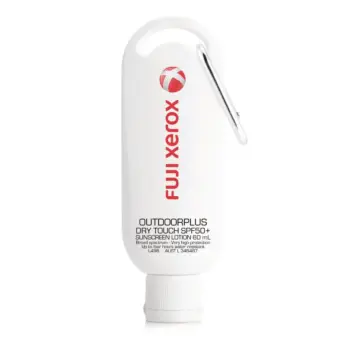
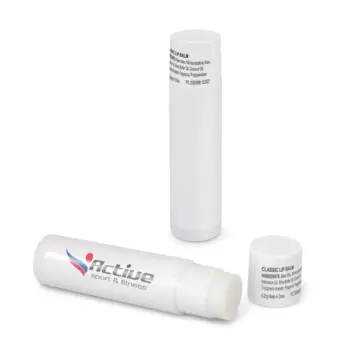


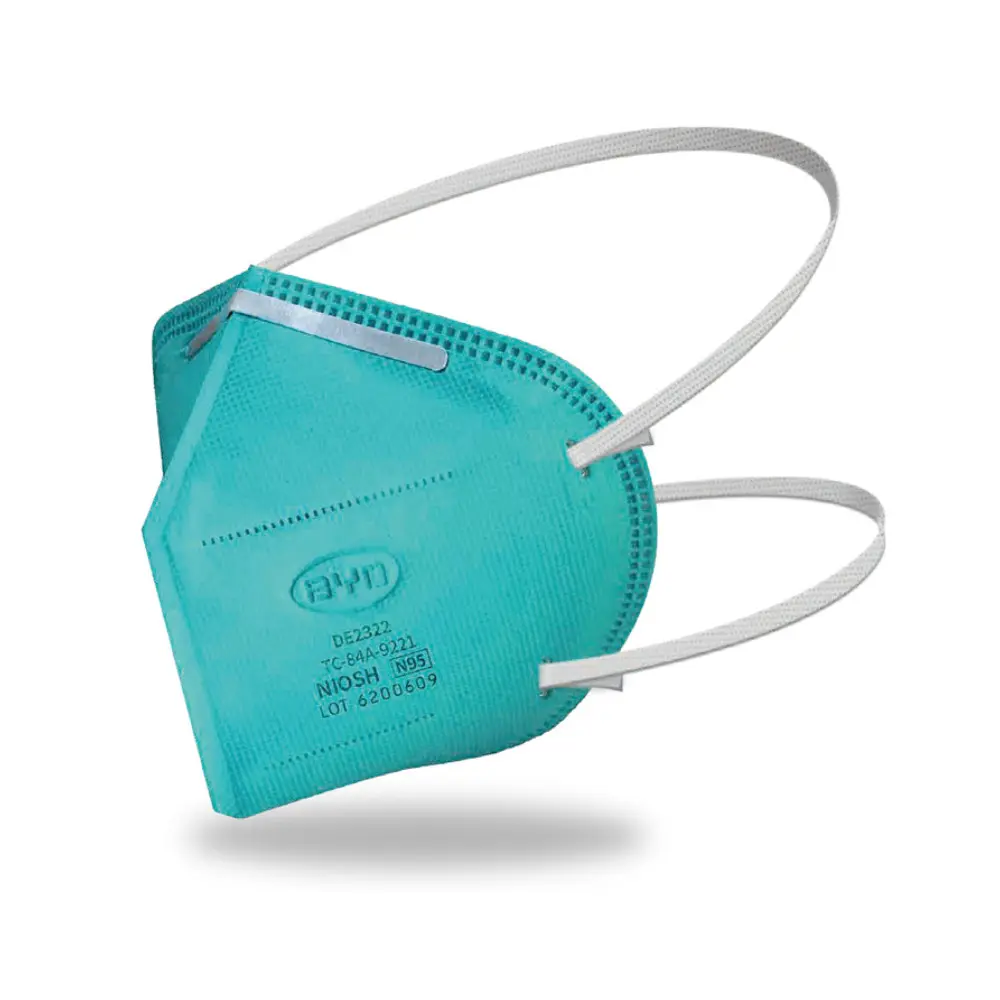 Antibacterial
Antibacterial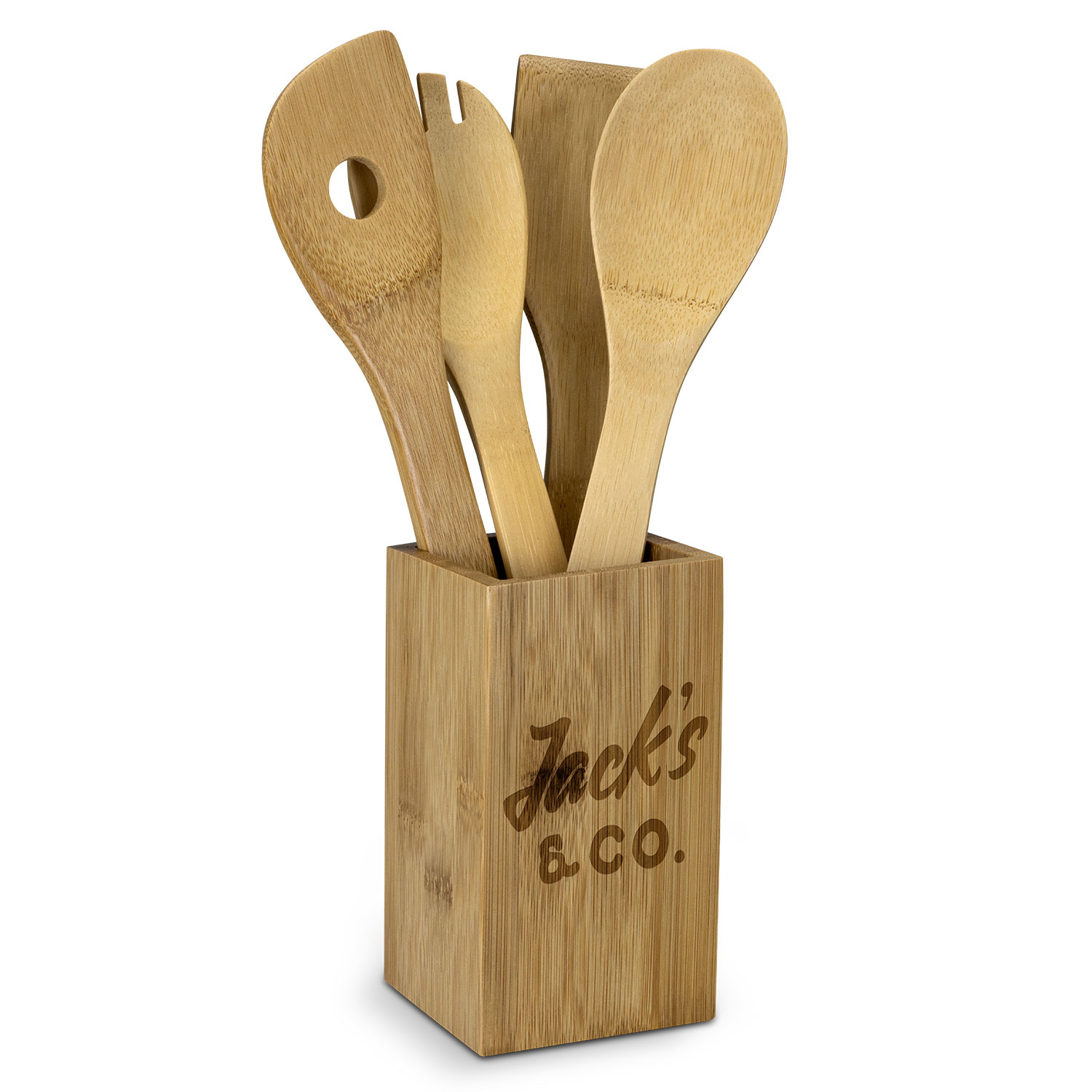 Eco Products
Eco Products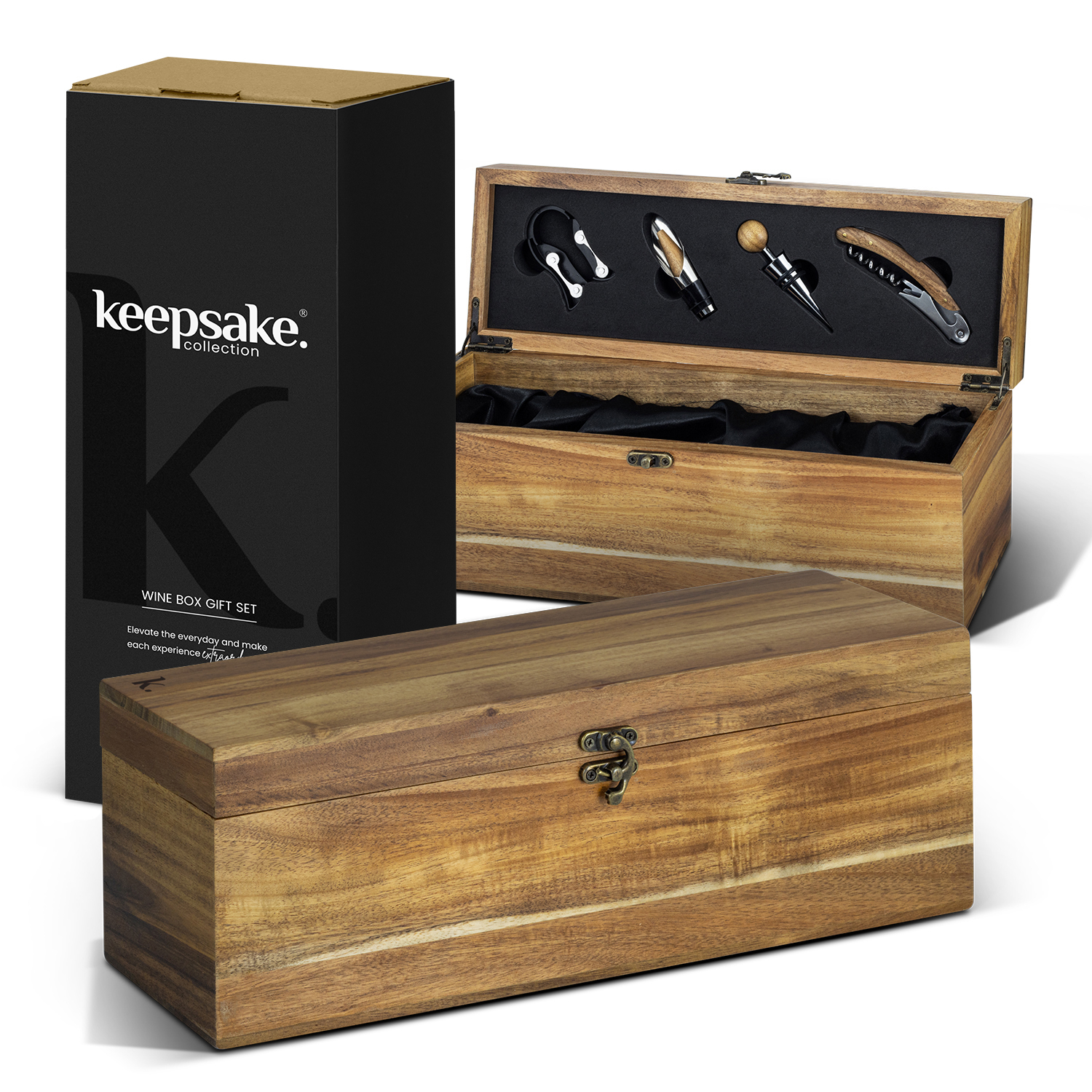 Gift Box Sets
Gift Box Sets Homeware
Homeware Pet Products
Pet Products Personal Care
Personal Care Occasion Ideas
Occasion Ideas